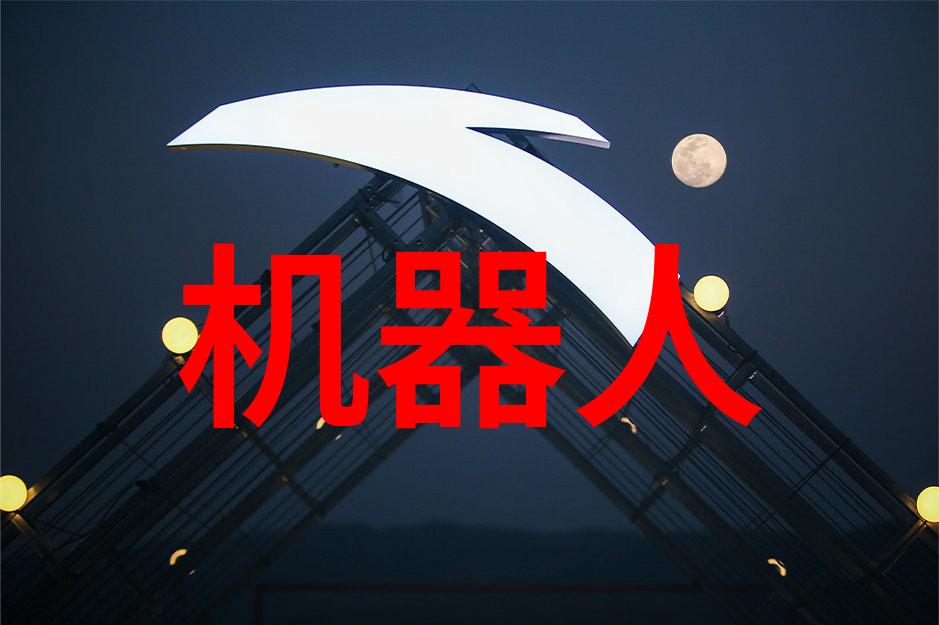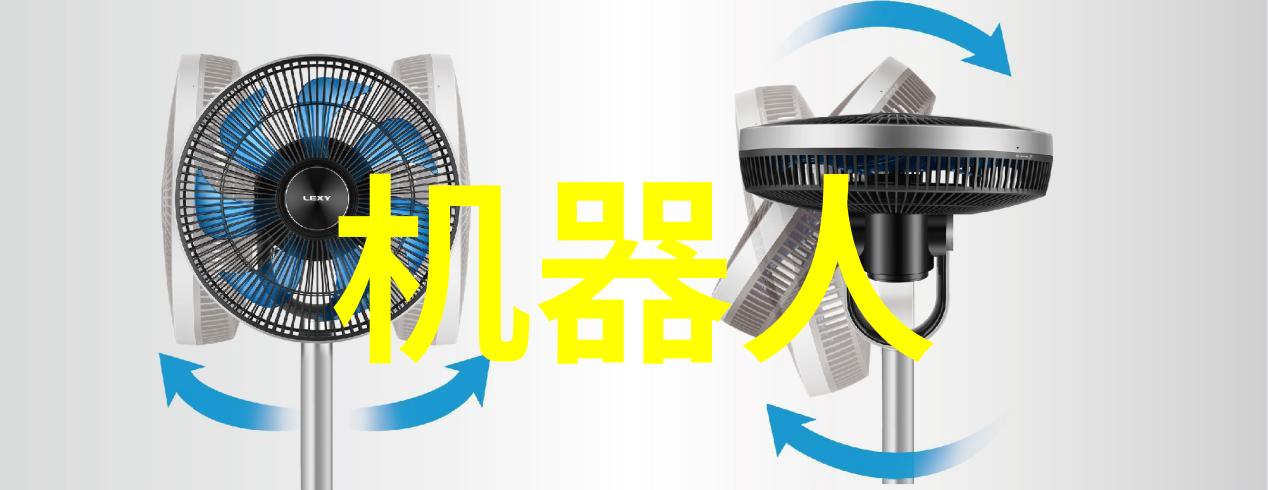芯片贸易-2022年全球进口芯片金额报告数字驱动的市场增长与供应链挑战
2022年全球进口芯片金额报告:数字驱动的市场增长与供应链挑战

随着数字化转型的加速,芯片行业在过去几年里经历了前所未有的繁荣。2022年全球进口芯片金额报告显示,这一趋势继续推动了市场需求的上升。尽管面临供应链瓶颈和地缘政治风险,但业界专家预计,未来几年内这项技术将继续保持其重要地位。
数据显示,2022年的全球进口芯片金额较上一年有显著增加。这主要归功于5G网络扩张、人工智能(AI)应用发展以及自动驾驶汽车等领域对高性能计算(HPC)芯片的不断增长需求。例如,美国半导体制造商Intel宣布在亚洲设立新工厂,以满足日益增长的需求。

除了美国之外,欧洲也在积极参与这一趋势。德国公司Siemens Healthineers recently announced a major investment in AI-driven healthcare solutions, which is expected to boost the demand for advanced semiconductor chips. Similarly, Japan's Toshiba Electronics has been expanding its production capacity to meet the growing needs of automotive and industrial sectors.
However, despite these positive trends, the industry still faces significant challenges. The ongoing trade tensions between major economies have led to increased uncertainty in global supply chains. For instance, China's Huawei Technologies has been struggling with US sanctions that restrict its access to American-made components.

Furthermore, geopolitical risks such as Russia-Ukraine conflict have disrupted chip supplies and driven up prices. According to a report by BloombergNEF, global semiconductor sales dropped 12% in March compared with February due to the war in Ukraine.
Despite these challenges, experts remain optimistic about the future of the industry. As more countries invest in their domestic chip manufacturing capabilities and diversify their supply chains, they expect market growth will continue albeit at a slower pace.

In conclusion, while 2022 saw an increase in global import volume of semiconductors driven by digital transformation and technological advancements across various industries; it also highlighted concerns over trade wars and geopolitical risks affecting chip supplies. As we move forward into 2023 and beyond it will be crucial for governments and businesses alike to navigate these complexities effectively so that this critical technology continues driving innovation globally without disruptions or setbacks.


